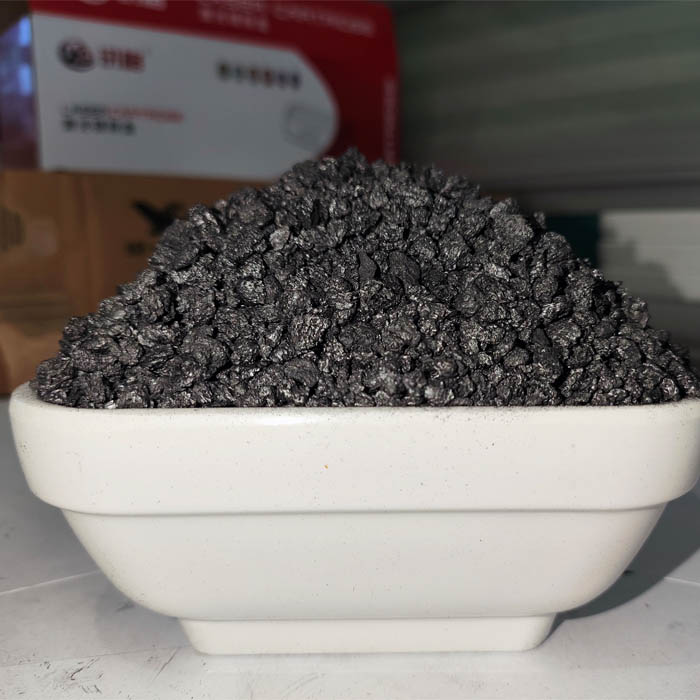ديسمبر . 20, 2024 06:36 Back to list
Common Adsorbent Manufacturers and Their Key Products in the Industry
Common Adsorbents and Their Applications in Various Industries
Adsorption is a crucial process in both nature and industrial applications, playing a significant role in cleaning, separation, and purification. Adsorbents are materials that facilitate this process by attracting and holding molecules from gases or liquids. In this article, we will explore the most common adsorbents, their properties, and their various applications across different industries.
Types of Adsorbents
1. Activated Carbon One of the most widely used adsorbents, activated carbon is derived from carbon-rich materials that are subjected to high temperatures and chemical treatments. Its porous structure provides a large surface area, making it effective for adsorbing a wide range of organic compounds, volatile organic compounds (VOCs), and impurities from air and water. Activated carbon is prevalent in water treatment plants, air purification systems, and even in industries for recovering solvents.
2. Silica Gel Silica gel is a granular form of silicon dioxide, commonly used as a desiccant to absorb moisture. It is non-toxic and has a high affinity for water vapor, making it ideal for protecting products from humidity-related damage. Silica gel finds applications in packaging, pharmaceuticals, and food industries to maintain product integrity.
3. Zeolites These naturally occurring or synthetic minerals possess a unique crystalline structure that allows them to interact selectively with various molecules. Zeolites are particularly effective in catalysis and ion exchange processes. They are widely used in the petrochemical industry for separation processes, such as removing nitrogen from natural gas, and in water treatment to remove heavy metals.
4. Clay Minerals Clays, such as bentonite and montmorillonite, are used as adsorbents primarily due to their high surface area and ion-exchange capacity. They are especially useful in environmental applications, such as remediation of contaminated soil and water. Clays also serve as carriers for pesticides, fertilizers, and drugs in agriculture and pharmaceuticals.
5. Metal-Organic Frameworks (MOFs) A newer class of adsorbents, MOFs are composed of metal ions interconnected by organic ligands, creating a highly porous network. MOFs are known for their exceptional surface area and tunable properties, making them suitable for gas storage, carbon capture, and catalysis. Their versatility is being explored in various research fields, including battery technology and drug delivery systems.
Applications of Adsorbents
common adsorbents factories

Adsorbents find applications in various sectors, characterized by their ability to purify, separate, and recover materials effectively
.1. Water Treatment Adsorbents play an essential role in removing contaminants from drinking water. Activated carbon removes organic pollutants, while zeolites can filter heavy metals. The choice of adsorbent depends on the specific contaminants present in the water.
2. Air Purification With increasing concerns about air quality, adsorbents like activated carbon and silica gel are vital in reducing harmful pollutants. They are utilized in residential and industrial air purification systems to trap hazardous gases, odors, and humidity.
3. Food Industry In food processing, silica gel helps maintain the quality of dried goods by preventing moisture absorption. Activated carbon is also used to decolorize and purify sugar and other food products.
4. Pharmaceuticals In the pharmaceutical industry, adsorbents facilitate drug purification and separation processes. Silica gel and clays serve as carriers for active ingredients, while MOFs are being researched for drug delivery systems.
5. Catalysis Many adsorbents, particularly zeolites and MOFs, are utilized as catalysts in chemical reactions. Their porous nature allows reactants to interact effectively, enhancing reaction rates and efficiency.
Conclusion
Adsorbents are integral components in numerous industrial applications, offering solutions to various environmental and health-related challenges. From improving water quality to facilitating efficient manufacturing processes, common adsorbents like activated carbon, silica gel, zeolites, clays, and MOFs demonstrate their versatility and effectiveness. As technology advances, the development of new and more efficient adsorbents holds promise for addressing the evolving needs of industries worldwide. Understanding the properties and applications of these materials can lead to their innovative use in a sustainable future.
-
Environmentally Friendly Granule Covering Agent: Sustainable Solutions
NewsAug.27,2025
-
High Purity Graphitized Petroleum Coke & Low Nitrogen Recarburiser
NewsAug.26,2025
-
Fe-C Composite Pellets for BOF: Enhance Efficiency, Lower Steelmaking Costs
NewsAug.25,2025
-
Durable Building Material for Round Wall Exporters | Custom Shapes
NewsAug.24,2025
-
Tundish Dry Vibrator: Boost Steel Casting Performance
NewsAug.23,2025
-
Thermal Insulation Cups Materials Exporters - Quality & Durable Supplies
NewsAug.22,2025
